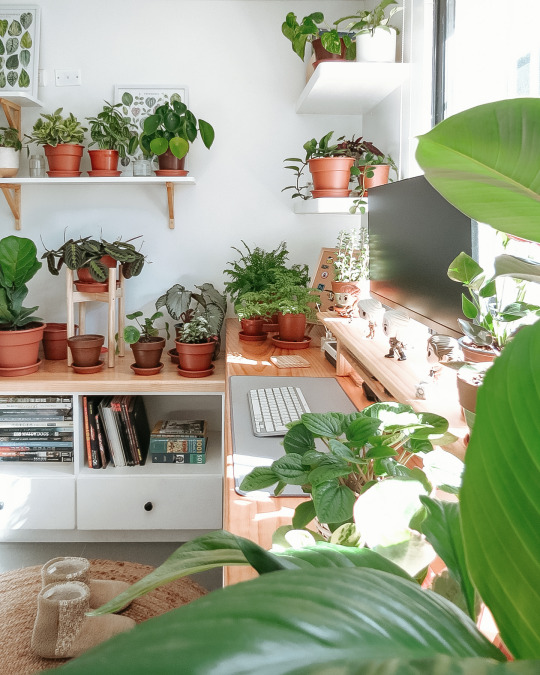#Interior Plants
Photo

Window plants - Nick Alm , 2021.
Swedish, b. 1985 -
Oil on canvas , 90 x 105 cm.
1K notes
·
View notes
Text

#hellothereimhannah#my room makes me happy#built a shelf for my plant friends#now I have room for so many more#house plants#houseplants#interior plants#macrame#micah ulrich
416 notes
·
View notes
Text



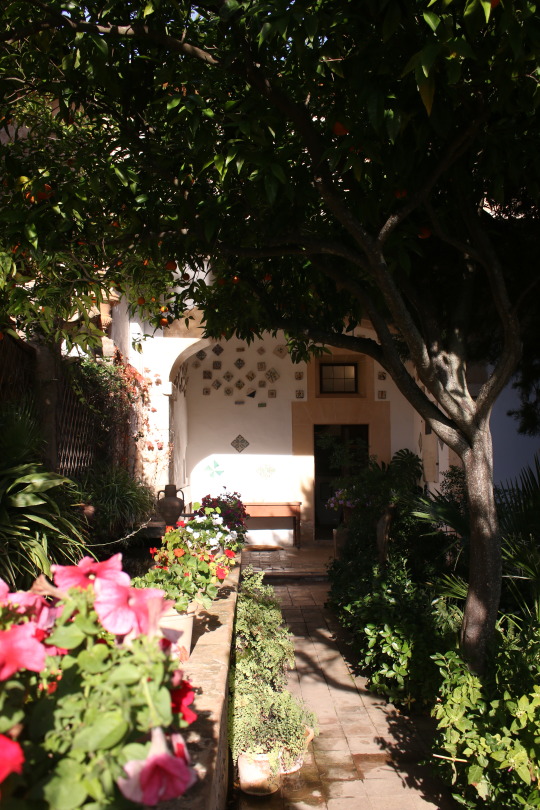
Cartoixa de Valldemosa, Valldemosa, Mallorca, 11-12-23
#Cartoixa de Valldemosa#Valldemosa#Mallorca#11-12-23#photography#photo#photographers on tumblr#aesthetic#aesthetics#cottagecore#flowers#greenery#interior plants#terrace#garden terrace#garden#watercore#running water#mediterranean life#mediterranean lifestyle#mediterráneo
51 notes
·
View notes
Text


Hallway flowers and plants
#photographers on tumblr#photography#mundane#flowers#plants#interior plants#retro#canonphotography#retro aesthetic#simple life#simple living#timisoara#romania🇹🇩#filmiccanon#portra#intraordinar
15 notes
·
View notes
Photo
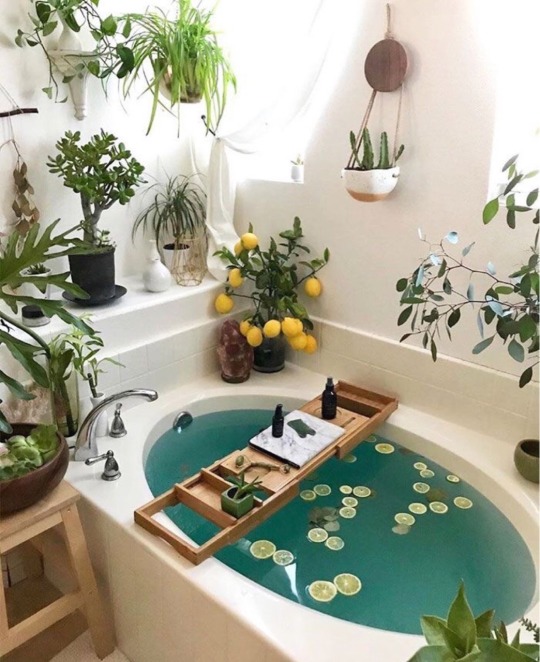
#bathtub#bubble bath#bathroom aesthetic#bathing#lemon bath#plant aesthetic#interior plants#plants#lemon tree#lime tree#plant decor#plant inspo
81 notes
·
View notes
Text
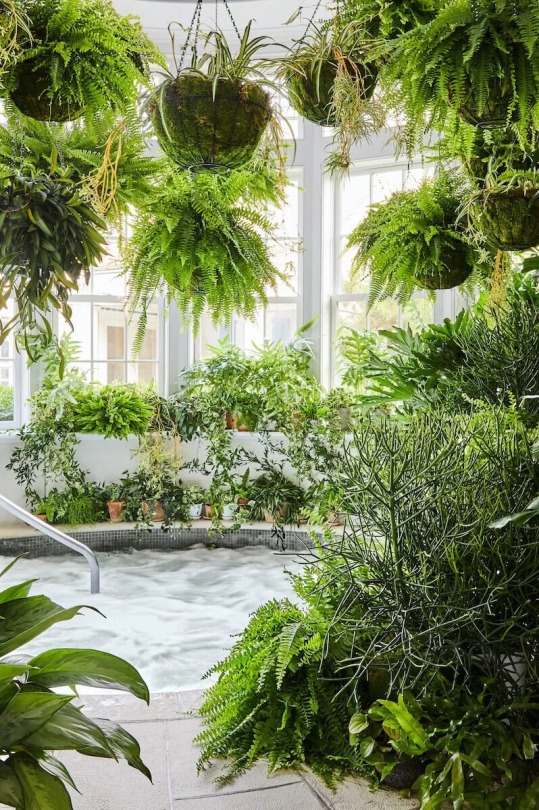
36 notes
·
View notes
Text
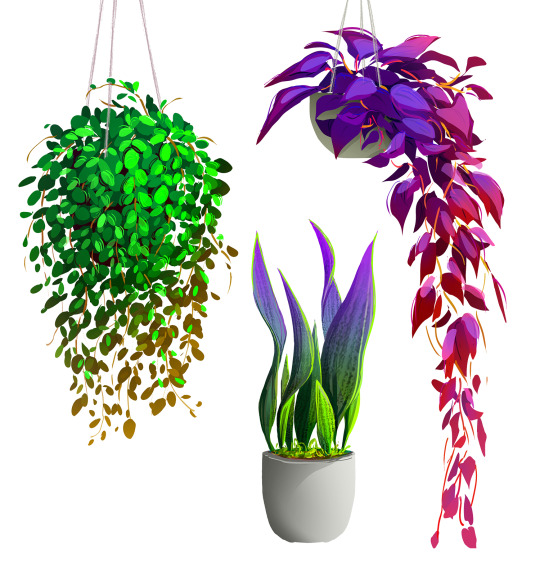
9 notes
·
View notes
Text
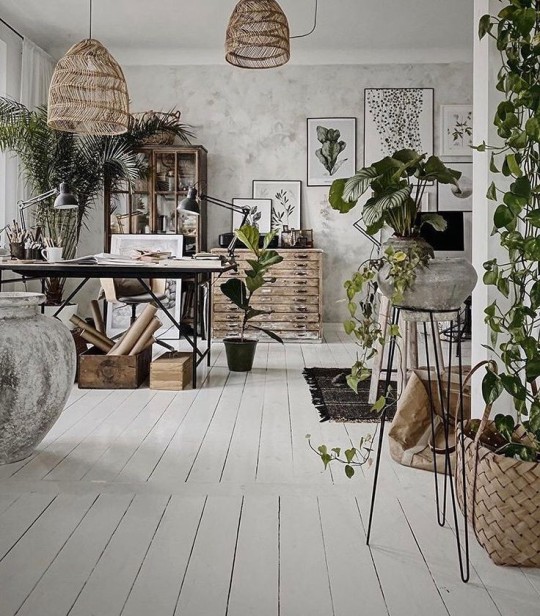
Boho - rustic - urban jungle...
#boho home#boho style#rustic home#modern rustic#urban jungle#interior plants#wood flooring#interior decorating#home decor#decoração#work from home#work space#workspace#workplace
19 notes
·
View notes
Text

By introducing just a few live plants, air quality can be improved within your space. CO2 can be reduced by 50% as well as a reduction in the dust, bacteria and mould which would otherwise be inhaled. Dust levels in your space can be reduced by up to 20 per cent when plants are introduced.
With correct placement of plants, the need for air con can also be reduced and the air kept at a higher humidity (up to 20%).
By reducing the dry air caused by air conditioning and increasing humidity, illnesses such as tickly coughs are much less common.
🌿 Here’s 7 indoor plants that help to purify the air around your space:
1. Snake Plant: This popular plant can actually help you get a good nights sleep! Snake Plant, otherwise known as Sansevieria, releases oxygen at night - making it a great low maintenance plant for the bedroom.
2. Spider Plant: This common houseplant is one of the easiest air purifiers to grow! It is also great for pet owners, as it is non-toxic.
3. Bamboo Palm: This palm excels in removing molds and ammonia often found in household cleaning products.
4. Dracaena: At this point, we all know dracaena. These common houseplants clear out air pollutants such as benzene, xylene, trichloroethylene, formaldehyde, and carbon dioxide.
5. Aloe Vera: Not only can the gel of this plant help ease burns and scrapes, this succulent purifies the air of formaldehyde and benzene.
6. Rubber Tree: This plant with thick waxy leaves produces tons of oxygen and removes bacteria and mold spores from the air.
7. Aglaonema: This low light plant excels low levels of benzene and formaldehyde from the air.
#plants#house plant#plant identification#plant blog#houseplants#house plants#indoorgrow#indoor jungle#plant decor#plant design#plant diary#interior plants#nature#greenery#plantbased#air purifier#plant tips#self care#plant life
5 notes
·
View notes
Text
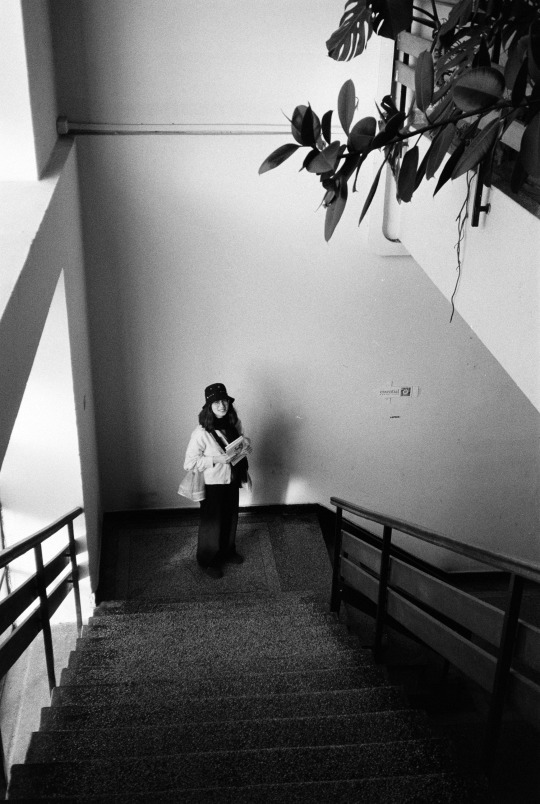
Agfa APX 400
4 notes
·
View notes
Text
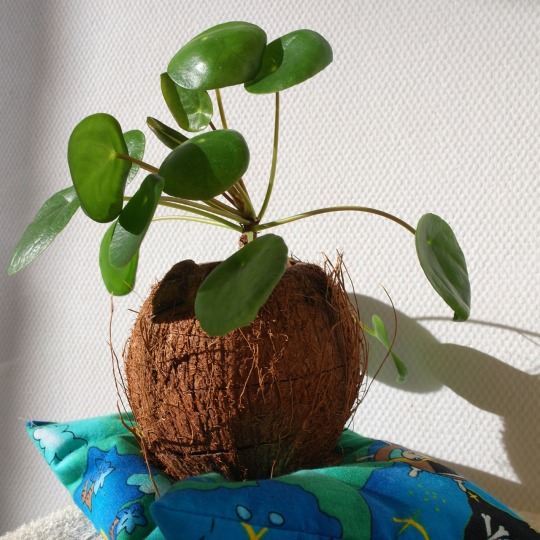
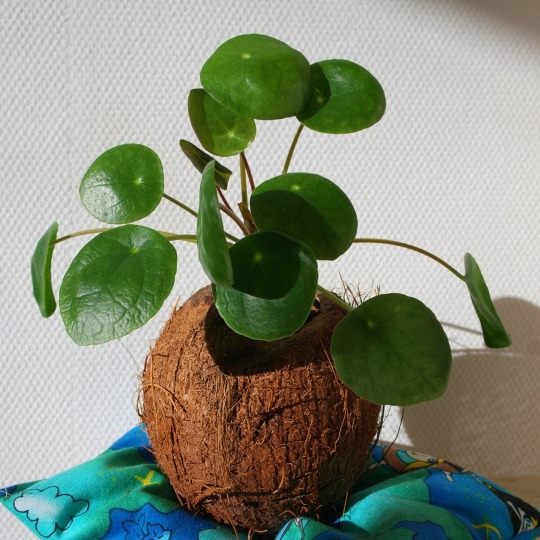
4 notes
·
View notes
Text
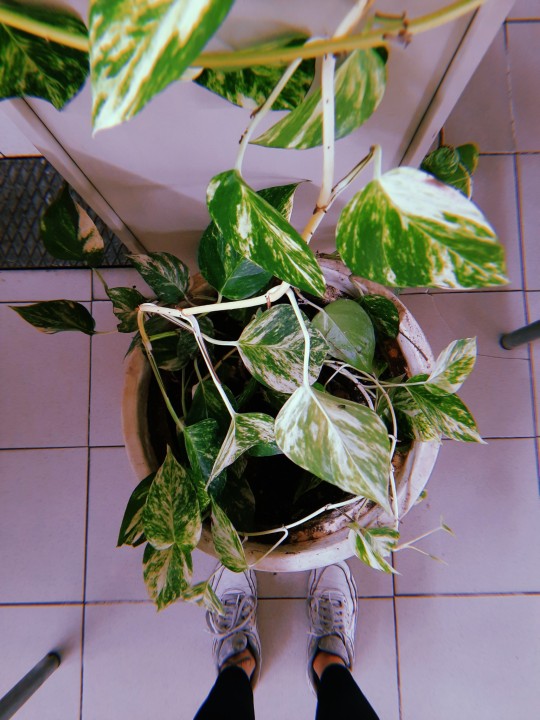
2 notes
·
View notes
Text
📍Helping Lama & Mohammed to evacuate from Gaza 🍉🇵🇸🇵🇸
I'm Lama Al-Hourani, 24 years old, administrative assistant from Khan Younis in the Gaza Strip and my husband Mohammed, 30 years, an accountant for Elites Centers Group in the Gaza Strip.
We married in August 2022, our lives are filled with love, happiness and comfort in a beautiful, quiet, spacious and warm house that has never lacked anything of all the requirements and luxury and this house was like everything we had. Life turned upside down in Khan Yunis ground war.
My husband's family of 12 people and I had to be forcibly displaced to the city of Rafah without anything in a tent that does not accommodate five people in a cold and harsh winter with the difficult possibilities of life without income and all the necessities of life are 20 times the price of more than its normal price.
On the 120th day of the war, our beautiful house was bombed, which I did not live in for more than two years. The family house of six floors has settled on the floor and we only have some beautiful memories and some pictures left.
My husband lost his job because of the occupation blowing up the centers in the Gaza branch and Khanyonis, and we lost the beautiful family car as well, and I stopped working as well because of this grinding war.
We became homeless and jobless. Help us get out of Gaza. Every dollar makes a difference and saves our lives.










#sunset#interiors#clouds#kitchen#decor#city#home#plants#artists on tumblr#gif#travel#free gaza#gaza#free palestine#follow#help
15K notes
·
View notes
Text
The Ultimate Guide to Garden Care and Interior Plants in New York

New York is a vibrant city known for its bustling streets and towering skyscrapers, but it also has a rich gardening culture that thrives amidst the urban landscape. Whether you’re tending to an outdoor garden or nurturing indoor plants, effective garden care in New York is essential for success. At Plant Specialists, we’re here to help you navigate the unique challenges of gardening in the Big Apple.
Garden Care in New York: Key Considerations
When it comes to garden care in New York, understanding the local climate and soil conditions is crucial. The city experiences a humid subtropical climate, with hot summers and cold winters. This variability requires a strategic approach to gardening.
Soil Quality
New York’s soil can vary significantly from one neighborhood to another. Conduct a soil test to determine pH levels and nutrient content, which will guide your choice of plants and amendments. Adding organic matter, such as compost, can greatly improve soil structure and fertility.
Seasonal Planting
Timing is everything in New York gardening. The growing season typically runs from late April to early October, depending on the specific location within the city. Here are some tips for seasonal planting:
Spring: Plant cool-season crops like lettuce, peas, and radishes early in the spring. As temperatures rise, transition to warm-season crops like tomatoes and peppers.
Summer: This is the prime time for maintaining your garden. Regular watering, weeding, and pest control are essential during the heat of summer.
Fall: Consider planting perennials and bulbs in the fall for a beautiful spring bloom. It’s also a good time to clean up your garden and prepare it for winter.
Pest and Disease Management
Urban gardens can be susceptible to pests and diseases due to the close proximity of buildings and other structures. Regular monitoring is key. Use integrated pest management (IPM) techniques, combining cultural, mechanical, and biological controls to keep your garden healthy.
Interior Plants in New York: Bringing Nature Indoors
Indoor plants can transform your living space into a lush oasis, providing not only aesthetic beauty but also health benefits. In New York, where space can be limited, choosing the right interior plants is essential.
Best Interior Plants for New York Homes
Snake Plant (Sansevieria): This hardy plant thrives in low light and requires minimal watering, making it perfect for busy New Yorkers.
Pothos: Known for its trailing vines, pothos is an excellent air purifier. It can tolerate various light conditions and is easy to propagate.
ZZ Plant: Another low-maintenance option, the ZZ plant is drought-tolerant and can survive in low-light conditions, making it ideal for apartments.
Spider Plant: This resilient plant is great for beginners and produces baby spider plants that can be easily propagated.
Tips for Interior Plant Care
Light Requirements: Assess the light conditions in your home. Many interior plants thrive in indirect sunlight, so avoid placing them in direct sun unless they specifically require it.
Watering Schedule: Overwatering is a common mistake. Always check the soil moisture before watering, and remember that it’s better to underwater than overwater.
Humidity Levels: New York’s indoor environments can be dry, especially during winter. Consider using a humidifier or placing a tray of water near your plants to maintain humidity.
Combining Outdoor and Indoor Gardening
For New Yorkers passionate about gardening, combining outdoor and indoor spaces can create a seamless transition between nature and urban life. You can grow herbs and vegetables in pots on your balcony while also nurturing interior plants that enhance your living space.
Creating a Cohesive Garden Design
Choose Complementary Plants: Select indoor plants that echo the colors and textures of your outdoor garden. This creates a harmonious look throughout your home.
Utilize Vertical Space: In small apartments, consider vertical gardening. Wall-mounted planters can hold a variety of herbs and flowers while saving floor space.
Seasonal Decor: Change your indoor plant arrangements seasonally to reflect the changing outdoor garden. This keeps your space dynamic and fresh.
Conclusion
Garden care in New York, along with the cultivation of interior plants can enrich your life in the city. By understanding the unique challenges and opportunities presented by the urban environment, you can create thriving green spaces both indoors and outdoors. At Plant Specialists, we’re dedicated to providing the knowledge and resources you need to succeed in your gardening endeavors. Embrace the beauty of nature in New York, and let your plants flourish!
0 notes
Text
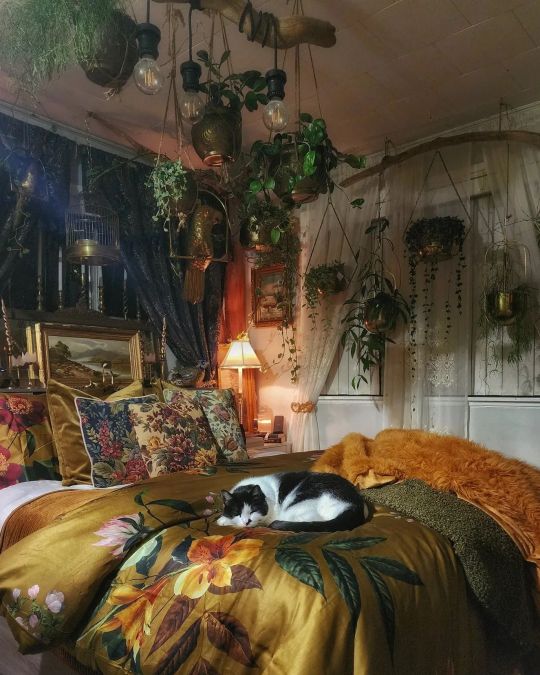

(by my_tiny_jungalow)
16K notes
·
View notes
